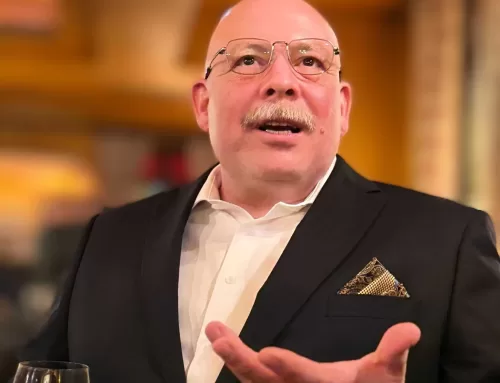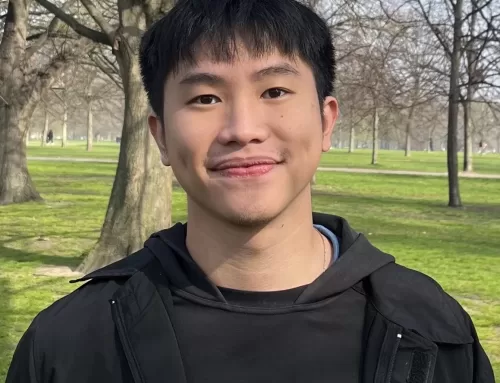
And I think the world could use better stories. Especially today. Not more accurate. Not bolder or necessarily brighter. Just more real. More insightful. More holistic. The kinds of stories that stem from deep reflection, that open up to new and wider perspectives, and that compel people to take action towards change. But I also think that to create future stories you have to break out of the tunnel vision. Today, more narrow and shortsighted stories have become the norm. Granted, they are catchy, they make the news and they get the conversation going. And conversation is s key tool to solve problems. But are they fueled by the right stories?
In the midst of a global pandemic, it’s tough not to use the situation as an example of the more narrow stories being formed and causing controversy. One recent topic that is relevant to me, is Sweden’s strategy in the COVID19 outbreak. They have chosen not to put the country in a full lockdown but kept most schools and businesses open. They did not implement much regulation but rather put forth recommendations for social distancing, work-from-home, and similar measures. They put the responsibility on the citizens, the businesses, and the local government chapters as a measure to reduce the fast spread of the virus.
Because this is different than how the rest of the world has done it, the media coverage is full of polarizing opinions, but I’d say two main stories have emerged: The first story portrays the country as a leader and countless articles, reports, and interviews tell the story of strategic intelligence and bravery to save the country’s economy and people are searching for specific tactics within the strategy to copy and apply in their country or region. The second story highlights the high risks, pointing out the latest numeric updates such as death toll number and the number of cases per day. In both stories, Sweden is compared to other countries based on monthly, weekly, or even daily statistics drawing quick conclusions on the success or failure of their strategy. These are narrow stories that look only to the present and possibly near future and they omit the real reasons behind Sweden’s decisions. On very few occasions are people outside Sweden talking about the intangibles. Those things that are not as popular to measure and compare, such as trust. For those who bother to look closer, it’s evident that Sweden is making decisions based on its cultural values and beliefs, on the system as a whole, where support is needed, and on the overall goal for the country for the future. It does not focus on the financials and does not compare itself to others. Swedes have high trust in government, a cultural norm of individual responsibility and ethics, a strong health care system, and they are motivated to follow normative rules because the majority care to move towards the same goal of protecting the welfare state they have built up for centuries. This welfare state is where they feel a sense of freedom and safety. All of this explains why they feel confident to have a more liberal approach. That does not mean that Sweden’s approach is the right one in this global emergency. It’s too early to tell. The results will emerge on the other side of this experience. But even then success depends on each society’s definition of success and failure. No matter how you twist it though, there are no real short-term answers that other societies can merely copy and paste as many have considered.
What’s my point in all of this?
Creating stories of the future is important to inspire and guide strategies for today. But it’s easy to get caught in the immediate, more narrow and short-term ‘shiny object’ versions that seem to solve problems quickly. Trained futurists have the skills and the opportunity to introduce more forward-thinking in a more holistic manner, and help others look in the peripheral for new perspectives.
If you are a prospective futurist student, I can assure you that going through the Foresight Program will not disappoint. You will get drilled in telling vivid stories. It will be intense but it will prepare you for work in the field and you will be able to better identify and tackle those narrow stories in the best way possible….through an open and forward-thinking mindset.




